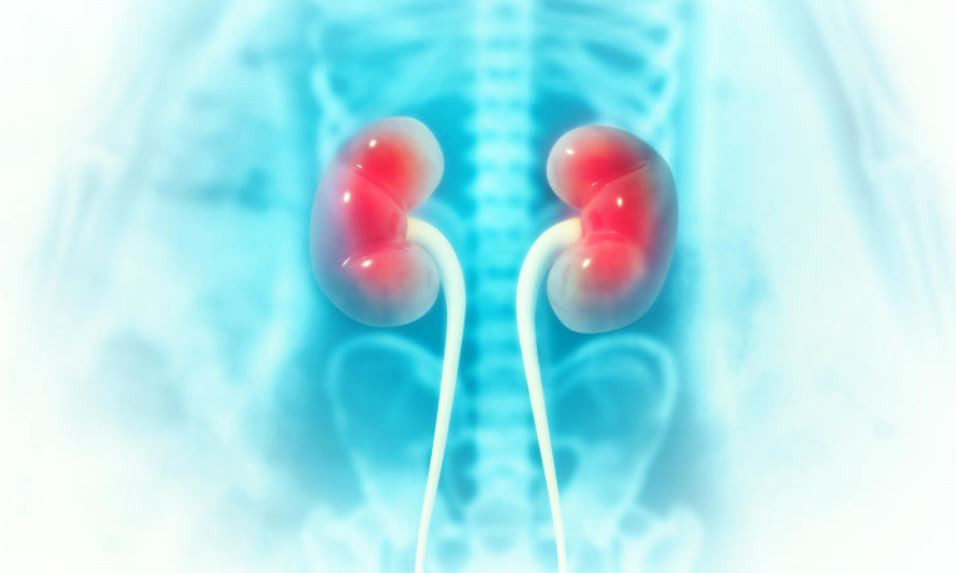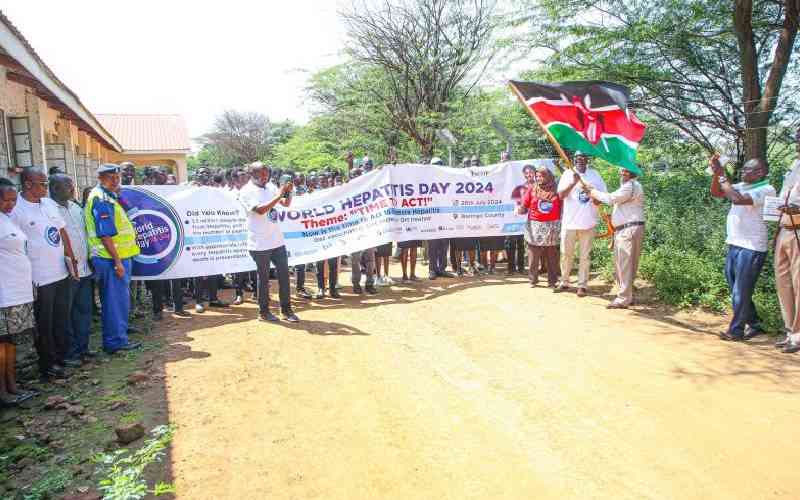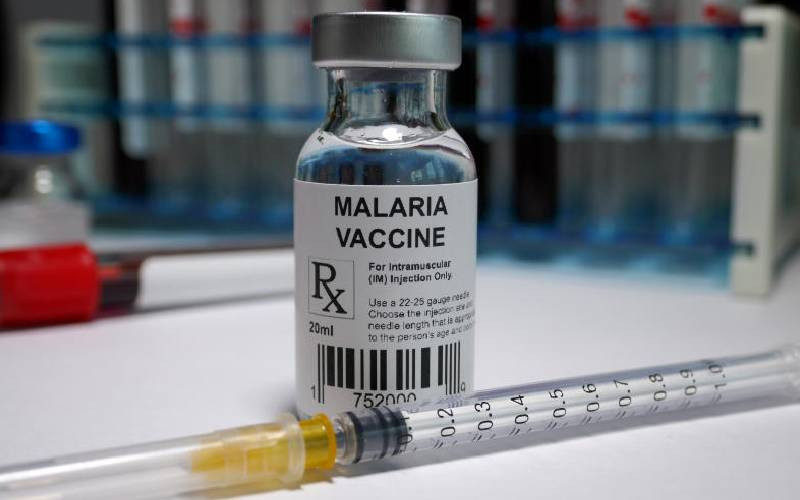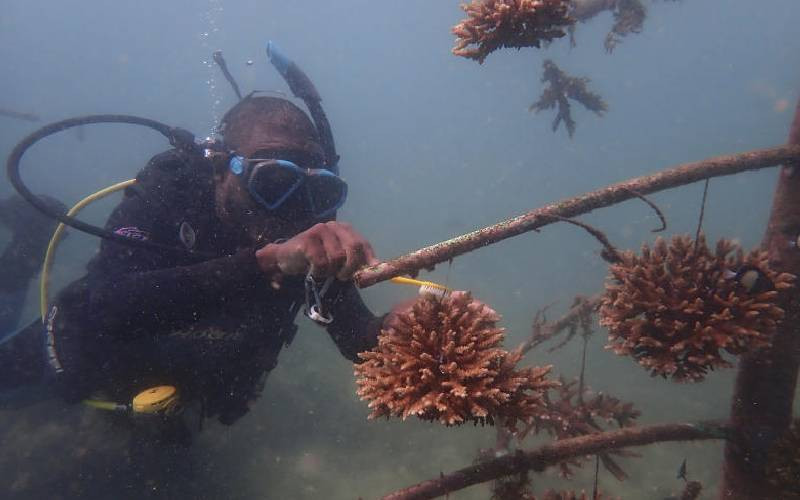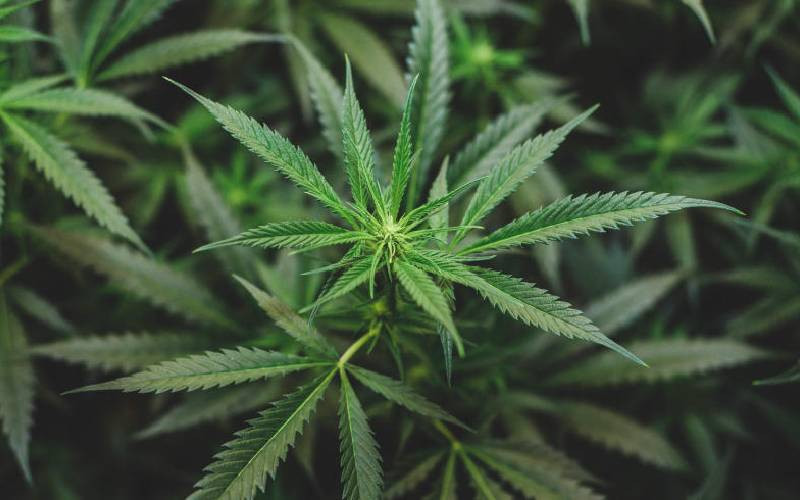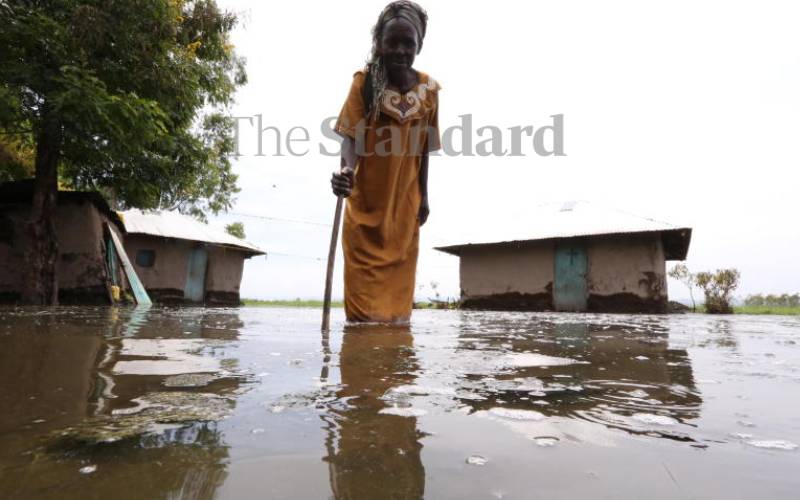
Flooded home at Kanyagilo village in Nyando, Kisumu County. [Collins Oduor, Standard]
In the latest landmark report by the Intergovernmental Panel on Climate Change (IPCC), scientists have painted a grim future of the world as whole climate systems are in dire straits. And Kenya is not fairing any better.
For the past three years, villagers along the shores of Lake Victoria have witnessed an unprecedented rise in its water levels resulting in furious backflows; flooding homes, damaging roads, swallowing hundreds of acres of crops.
The floods have displaced hippos, snakes and crocodiles, sparking costly and bloody human-wildlife conflicts.
Hippos and crocodiles are now roaming the riparian land forcing villagers to abandon their homes as the Kenya Wildlife Service stares at one of the most expensive compensation period of claims ever.
Although the floods are now subsiding, the humanitarian crisis remains unresolved. Hundreds of residents in six villages of Kakola Ombaka area in Kisumu are still in camps as both the national and county governments grapple with urgent need for relocation due to the effects of climate change.
The irony is that the floods have hit villages when farmers in the lakeside counties have been hit by poor harvest due to unpredictable rainfall patterns.
Health & Science found James Onyango of Osodo village in Homa Bay staring in disbelief at his dried two hectares of maize.
“I was keen on the seasons to plant and harvest, but suddenly drought has dried up the crop and there is nothing to harvest.” he says and true, the experts at the Met Department had predicted several parts of the country would remain dry and sunny in July.
May was meant to usher in the long rains which came late as most ASAL (Arid and Semi-Arid Land) counties did not receive rainfall from the second and third week of March when the March-April-May (MAM) season normally begins.
Come April, depressed rainfall was experienced over most parts of the ASAL with large areas in Turkana, Marsabit, Garissa, Tana river, Kilifi, Lamu, Laikipia and Nyeri (Kieni) receiving less than 50 percent of rainfall.
Some parts of Mandera and Taita Taveta received slightly above normal rains of between 75-100 percent of average amounts. June marked the beginning of the cold season with several parts of ASAL counties remaining dry with less than 50 percent of average rainfall. Most of Marsabit, Wajir, Garissa, Isiolo, Kajiado, Tana River and Turkana counties got less than 25 percent of average rainfall in June.
The radical change in weather patterns and rising waters of Lake Victoria have been attributed to climate change, as environmental experts inform us, on good authority.
The landmark IPCC report contains almost 4,000 pages by 234 authors from 66 countries and starring 14,000 scientific citations outline the unforgiveable scope of human-induced climate change and the gloomy future expectations if greenhouse gas emissions continue to surge.
For starters, the climate change we’re experiencing is unprecedented in thousands, if not hundreds of thousands of years, and some of the changes already set in motion—like continued sea-level rise—are irreversible over hundreds to thousands of years.
Climate change experts have described the report as a red alert for any country already experiencing massive impacts of climate change.

Climate change experts have described the report as a red alert for any country. [Elvis Ogina, Standard]
Prof Raphael Kapiyo of Maseno University School of Environment and Earth Sciences posits the report is a pointer to how our activities are warming up the world and the dreadful consequences awaiting even those in areas which are not big emitters of greenhouse gases.
Greenhouse gases are essentially gases emitted from burning fossil fuels for electricity, heat and for our cars, trucks, ships, trains and planes. This means it’s important to map out sources of the harmful gases considering that “when we map out the sources of emission, we will be able to control them and find solutions to climate change menace.”
Kisumu County Director of Climate Change, Evans Gichana, says the lakeside is feeling the vagaries of climate change and he foresees rapid urbanization of the region in coming years next few years as a result of increased emission of greenhouse gases and “the report is a call to action on mitigation measures and a need to increase our forest cover and implement climate change policy.”
The report, however, recommends a strong and sustained reduction in emissions of carbon dioxide (CO2) and other greenhouse gases to limit climate change.
While benefits like air quality would come fast, it could take 20 to 30 years to see global temperatures stabilizing. Just this August, 195 member governments of the IPCC, through a virtual approval session, agreed to start reversing the state of affairs.
Warm seasons will be longer, cold ones shorter
Emissions of greenhouse gases from human activities are responsible for increased global warming for one and a half centuries.
While carbon dioxide is the main driver of climate change, other greenhouse gases and air pollutants also affect the climate and “stabilizing the climate will require strong, rapid, and sustained reductions in greenhouse gas emissions, and reaching net-zero carbon dioxide emissions,” says IPCC Working Group I Co-Chair Panmao Zhai adding “limiting other greenhouse gases and air pollutants, especially methane, could have benefits both for health and the climate.”
The IPCC report finds that human activities have resulted in approximately 1.1°C of warming and averaged over the next 20 years, global temperature will reach or exceed 1.5°C of warming and Hoesung Lee, the IPCC chair, warns that unless immediate, rapid and large-scale reductions in greenhouse gas emissions are carried out, limiting warming to close to 1.5°C or even 2°C will be beyond reach.
This assessment is based on improved observational datasets to assess historical warming, and progress in scientific understanding of the response of the climate system to human-caused greenhouse gas emissions and “climate change is already affecting every region on Earth, in multiple ways” said IPCC Working Group I Co-Chair Panmao Zhai and “the changes we experience will increase with additional warming” in all regions in coming decades.
To better understand, just know that for 1.5°C of global warming, there will be increasing heat waves, longer warm seasons and shorter cold seasons. At 2°C of global warming, heat extremes would more often reach critical tolerance thresholds for agriculture and health and experts agree without a reduction in greenhouse emissions the war against climate change cannot be won.
When China emits gas, there’s global warming
Data from Global Carbon Project 2020 shows China is the world’s largest emitter of carbon dioxide gas followed by USA, India, Russia, Japan, Iran and Germany.
These countries have witnessed rapid economic growth in the past 20 years with China accounting for more than one-quarter of the greenhouse gasses emissions on earth.
Half of coal burned in the world is burnt in China where its government has promised to invest more in solar energy to reduce greenhouse emissions.
African Nations are now calling for clear mechanisms to compensate developing and least-developed countries that are vulnerable to greenhouse effects despite little contribution to global warming.
Climate finance could help least-developed countries to build their adaptation to climate change effects. The IPCC report also shows that human actions still have the potential to determine the future course of climate.
 The Standard Group Plc is a multi-media organization with investments in media
platforms spanning newspaper print
operations, television, radio broadcasting, digital and online services. The
Standard Group is recognized as a
leading multi-media house in Kenya with a key influence in matters of national
and international interest.
The Standard Group Plc is a multi-media organization with investments in media
platforms spanning newspaper print
operations, television, radio broadcasting, digital and online services. The
Standard Group is recognized as a
leading multi-media house in Kenya with a key influence in matters of national
and international interest.

